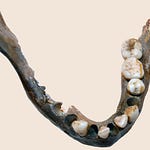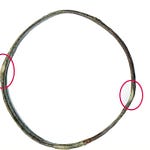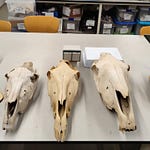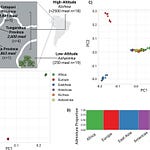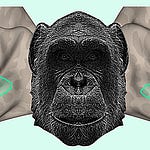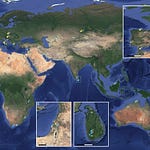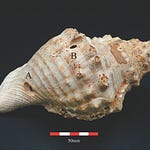When linguists traced the roots of Hungarian, Finnish, and Estonian, their compass often pointed to the Ural Mountains. But new ancient DNA evidence suggests these languages emerged even farther east—in the icy boreal zones of northeastern Siberia. That revelation comes from an international team of geneticists and archaeologists who sequenced the genomes of 180 ancient individuals and compared them with over 1,000 previously published genomes spanning 11,000 years.
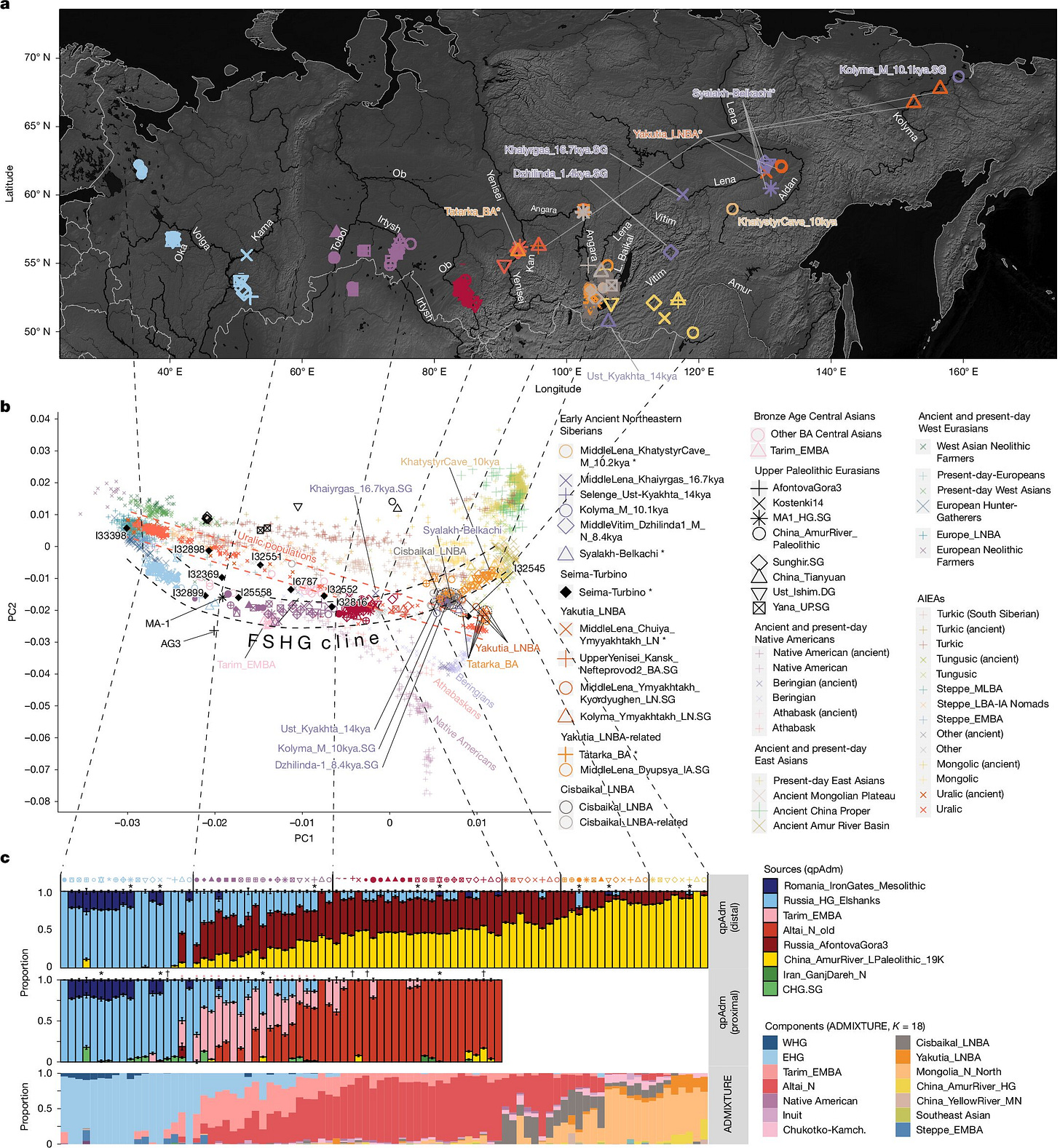
The study, published in Nature1, finds that the ancestors of today's Uralic speakers were living around 4,500 years ago in Yakutia, a remote Siberian region more closely aligned with Alaska and Japan than with the familiar pine forests of Finland.
"Geographically, it's closer to Alaska or Japan than to Finland," said co-lead author Alexander Mee-Woong Kim.
The genetic signal from this population is unique. It first appears in unmixed form in the 4,500-year-old Yakutia samples and persists today in varying amounts among modern Uralic speakers. Estonians retain about 2%, Finns about 10%, and the Nganasan—a small Indigenous group living near the Arctic Ocean—carry nearly 100%.
Listen to this episode with a 7-day free trial
Subscribe to Anthropology.net to listen to this post and get 7 days of free access to the full post archives.


